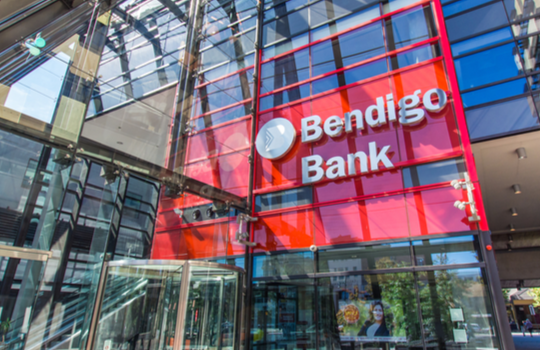
Bendigo and Adelaide Bank managing director, Marnie Baker, has hinted at the company’s likely compliance timeline for Open Banking, revealing the bank will seek early participation as an accredited data recipient (ADR) “shortly after” it launches as accredited data holder in mid-2021.
The timeline was revealed on Monday during the company’s 2021 Half Year Results announcement, with the bank, Australia’s fifth-largest, recording enviable profits through 2020 despite the Covid-triggered economic downturn.
Cash earnings for the bank were up 1.9 per cent, or $219.7 million, year-on-year for the first half of 2021.
Bendigo has sought to leverage its preparations and systems upgrades made for Open Banking – part of the wider Consumer Data Right (CDR) scheme – as critical “enablers” for its multi-year digital transformation program.
“Open Banking is a core enabler within our broader transformation program, providing the opportunity to implement new technology and business capabilities that will drive innovation across our digital platforms, delivering compelling customer value,” Baker said.
She added that the bank has made product reference data available “ahead of our compliance timeframe”, with Phase 2 of the scheme – opening up data on residential home loans, investment property loans, mortgage offset accounts, and personal loans – to have been delivered by all non-major banks from the beginning of February this year.
By February 2022, as part of the CDR, all non-major banks will be obligated to share and hold customer and product data, requiring full ADR accreditation through the Australian Competition and Consumer Commission (ACCC). Bendigo said it hopes to have this accreditation settled soon after the middle of the year.
The bank appears to have largely weathered last year’s Covid storm, with its technology and transformation investments remaining steady over the last 12 months, sitting at $35.2 million in the first half of 2021, consistent with the $35.5 million invested in 2H20.
“This has included efforts to streamline and digitise customer journeys, invest in API and cloud technology to simplify back-end technology and consolidate multiple core banking systems, and automate manual processes,” said Bendigo’s chief financial officer, Travis Crouch.
Cost reduction and sustainability have been key focus points for the business through this transformation, with total operating expenses down 3.1 per cent, or $17.6 million, on the previous half-year.
“Our financial results for the half demonstrate the strength of our strategy and business model and our actions to reduce our cost base,” Crouch said.
Despite this downward push on OpEx, Crouch said he does not expect the company’s technology investment to “drop off” in the near future.
“I’d expect it to be at similar levels as we go through 2022,” he said. “And then once we get to 2023…we’ve got some flexibility with that spend.
“But where we are at the moment, I’d [expect] we’d have an elevated spend for the next couple of years – but equally, at the same time, [we’re still] working around sustainable reductions in our cost base.”
Baker said the bank is continuing to push initiatives to ensure “a sustainable reduction in our cost base”.
“In line with our strategic imperative to reduce complexity, invest in capability, and tell our story, this half, we continue to simplify and modernise our technology, enhance strategic partnerships, and further implement digital capability to reduce cost and improve the experience we offer our customers.”
This includes, she said, “reducing the number of brands in market to remove cost and confusion, rationalising and simplify our product range, drive efficiencies through economies of scale and repeatable processes and like function, simplify our key customer journeys to improve the customer experience, modernise the delivery of training for our staff, and enhance data capabilities to mitigate risk”.
She added that the business’s transformation roadmap is focused on delivering “structural and sustainable change to support growth, increase operational leverage, and maintain a leading customer experience”.
“During the half, we delivered on a number of key initiatives ahead of plan and are tracking to plan on all others. We increased the use of cloud and API capability, providing benefits in the scalability and agility of our business to adapt to the changing needs of our customers.”





